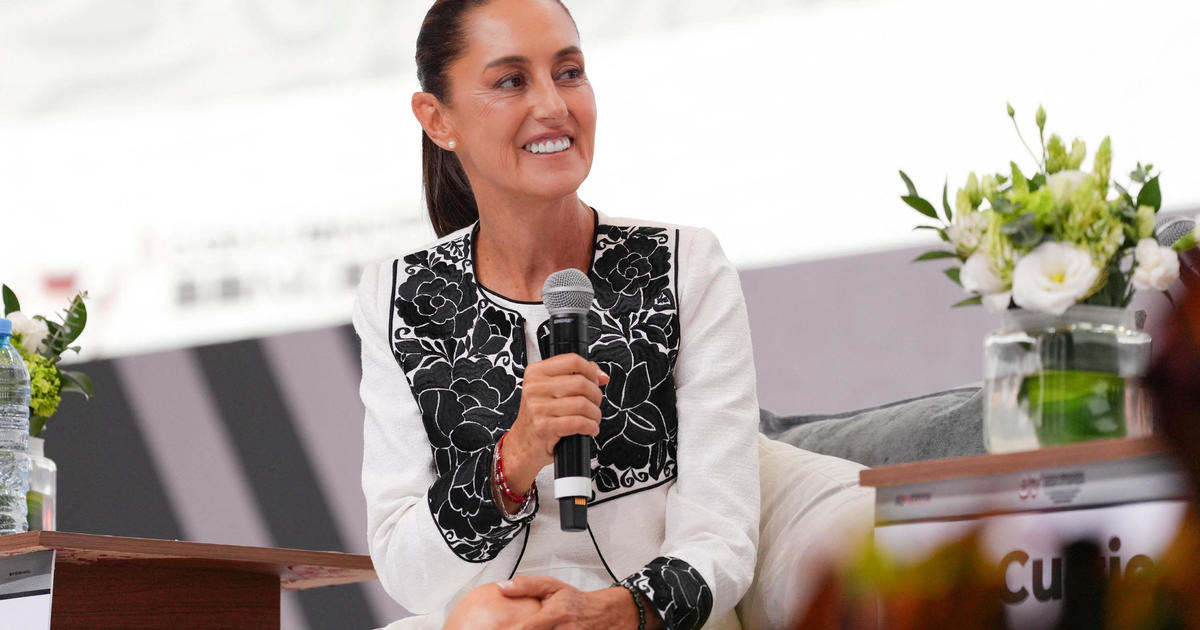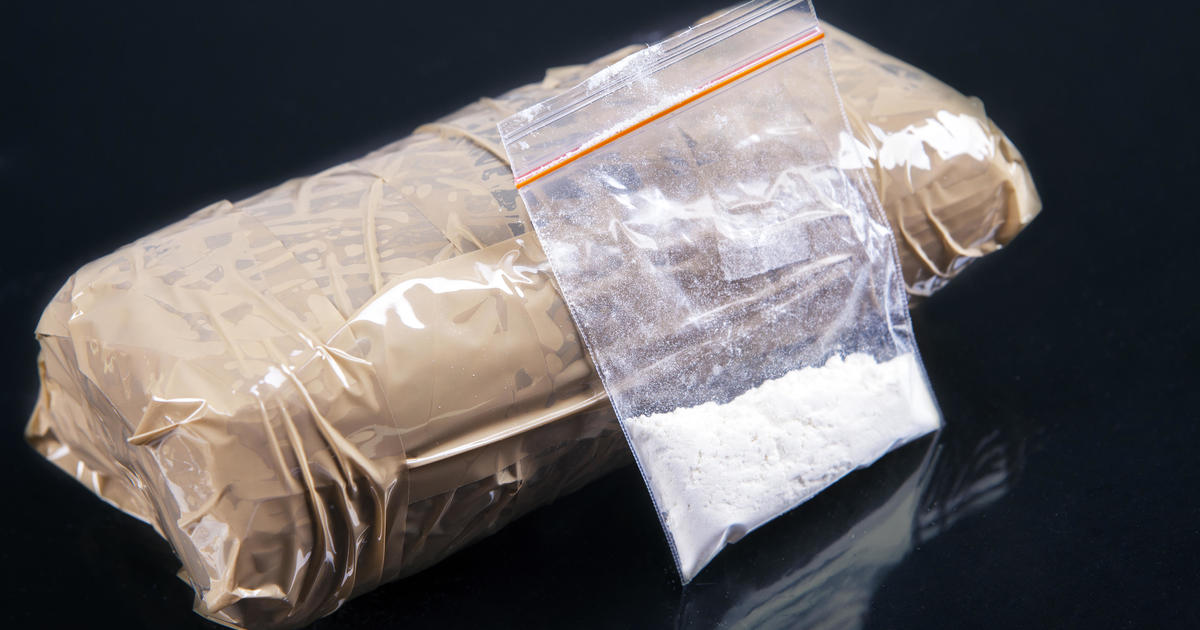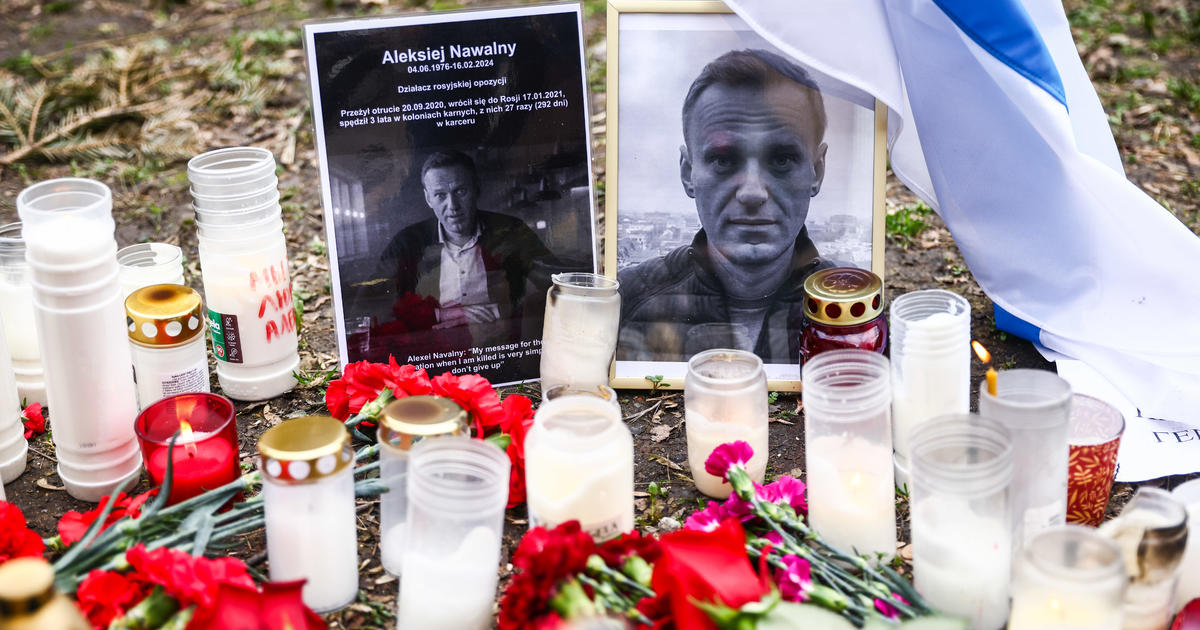Mass graves contain so many bodies that Mexican state lacks room for remains
MEXICO CITY -- The clandestine graves being unearthed in Mexico’s Veracruz state are of such an industrial scale that backhoes or bulldozers were likely used in creating them and contain so many bodies that officials aren’t digging in some places because they don’t have space for the remains, a prosecutor said Thursday.
Veracruz state attorney general Jorge Winckler said there were already 300 bodies or sets of bones in state forensics facilities. Winckler said trained dogs have detected another site south of the city of Veracruz where there were apparently also clandestine graves. But with morgues filling up, some sites just aren’t being explored.
“There are a lot of towns where clandestine graves have been found,” Winckler said. “There are pits where we are not working because we don’t have space to put the bodies that we might find.”
Winckler spoke at a site north of the state capital where 253 skulls and bodies have been found.
He confirmed that victims’ advocates were led to the site by a map drawn for them by someone who was familiar with the pits. The person handed them the grisly map on condition of anonymity. The eerie, hand-drawn map marked the graves with dozens of small “x’’s and included a phrase blaming the killings on the Jalisco New Generation cartel.
That gang moved in to Veracruz around 2011, sparking bloody turf battles with the ferocious Zetas cartel.
But Winckler said it appeared that authorities from previous state administrations must have been aware of the carnage. He said heavy machinery must have been used to create paths to some of the grave sites.
“It is impossible that nobody realized what was going on here, how vehicles were coming and going,” Winckler said. “If that is not complicity on the part of authorities, I don’t know what it is.”
That was an apparent reference to the administration of fugitive former Gov. Javier Duarte and his predecessors.
Duarte resigned as governor two months before his term ended last year and disappeared. He faces charges that include money laundering and organized crime, and officials claim he thoroughly looted state coffers.
But local police forces in several Veracruz communities have been arrested and charged with helping kidnap people and turning them over to drug gangs.
Winckler said there was a possibility that the Colinas de Santa Fe -- the site where 253 skulls or complete bodies have been found so far -- might hold more human remains.
He had reached agreements with victims’ advocacy and search groups to use new methods to search already excavated pits, because there might be more bodies.
Drug gangs have been known to bury stacks of victims, one atop another, in such clandestine graves.
He did not specify what the new methods were, but in the past authorities have used ground-penetrating radar to find bodies.
In the face of official inaction, the activists themselves went to the Colinas de Santa Fe starting in August 2016, sinking rods into the ground to detect the telltale odor of decomposition, and then digging.




